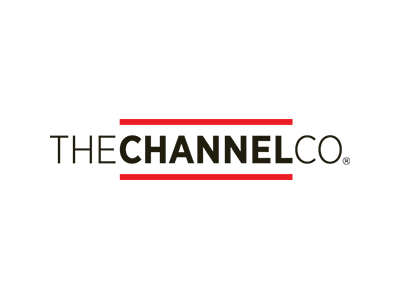Smart Water Utilities Put IoT in the Pipes
While gas and electric companies have been quick to adopt smart meters, water utilities are marching at a slower pace.

The move to smart metering technology for the water industry has been more of a slow drip vs. the rapid flow that is occuring in utilities. About 60 percent of U.S. electric utilities rely on smart meters in comparison to the sparse 20 percent of U.S. drinking water utilities that have adopted the new technology. A report by the consultants at West Monroe Partners shows that water utilities’ adoption rate puts the industry about seven years behind the electric industry.
Rather than evidence that water utilities aren’t ready for smart meter technology, the low numbers are evidence of other factors within the industry. In fact, 35 percent of the market has adopted Automated Metering Systems (AMS), and the majority (60 percent) is considering doing so soon. The report contributes the lower adoption rate to market size, as there are significantly more water utilities than electric utilities. Another barrier is cost. Installing a smart meter, based on the report’s stats, can cost seven times more than a regular analog meter.
For IoT solution providers, this market has entry points for smart meters and analytics. Water utilities are expected to spend upward of $2 billion on smart metering infrastructure between 2013 and 2020, according the report. When weighed together—the number of utilities (50,000-plus in the United States), the visible interest in smart technology, and the known benefits of early adopters make water utilities an interesting—and lucrative—play for solution providers.
Something in the Water
In terms of successful business use cases, Water Smart, a software-as-a-service analytics platform for water utilities has a proven model for helping cities become more water efficient. Based in San Francisco, the company works with water utilities to provide usage-based comparisons to subscribers within their water bills. In addition to showing monthly water usage and the previous month’s usage, utilities that use Water Smart can include how a household’s consumption compares to their neighbors’ consumption and to city-wide consumption. All data is anonymized and aggregated for a big picture view of water usage.

Photo credit: Water Smart
With Water Smart as a resource, cities are setting goals to reduce consumption and to be more efficient. They are finding that user awareness of water usage does have a real impact. When residents know their usage and can compare it to similar households, many are reducing their water consumption. Water consumption in Oakdale, CA, for example dropped 20 to 30%. The cities of Greeley, CO, and Roseville, CA realized a reduction of 4.1 percent and 4.6 percent, respectively. In Utah, the city of West Jordan has set a goal of 25 percent reduction of water consumption by the year 2025.
Stopping the Drip
Having residents reduce their consumption is making cities more efficient in their water usage, but smart meters and analytics can also help to identify leaks. Some estimates mark as much as 5.9 billion gallons of water each day is lost to leakage, poor accounting and other unbilled consumption. Machine learning and predictive analytics can quickly root out unexpected usage from leaks in the system. Turning off these drips and flows can considerably reduce both water waste and costly water bills.
Miami-Dade County is working with IBM to tighten its controls on water usage, especially leaks. It started by implementing IBM Intelligent Water to track water leaks in parks, and the solution alerted park managers whenever a leak was detected. In the first year, the county saved more than $1 million. IBM Watson is now at the center of the initiative.
Intel also has a play in smart water management, working with systems integrator Abbaco Controls in Malaysia to improve crop yields for rice farmers. Abbaco Controls relies on the Intel® IoT Gateway for system development and cloud analytics. Sensors track water levels, solar power system, actuator controls, temperature, humidity and more. Farmers can now have an accurate status of water flow in real time. Since adding IoT, rice production has improved and imports have decreased, and sufficient water is available for other uses during dry seasons.
Testing the IoT Waters
To explore more water utilities opportunities, see how systems integrator Abbaco is using Intel IoT gateway in Malaysia for water supply management. Learn who is partnering with Water Smart. Find out how water utilities are using IBM Watson.